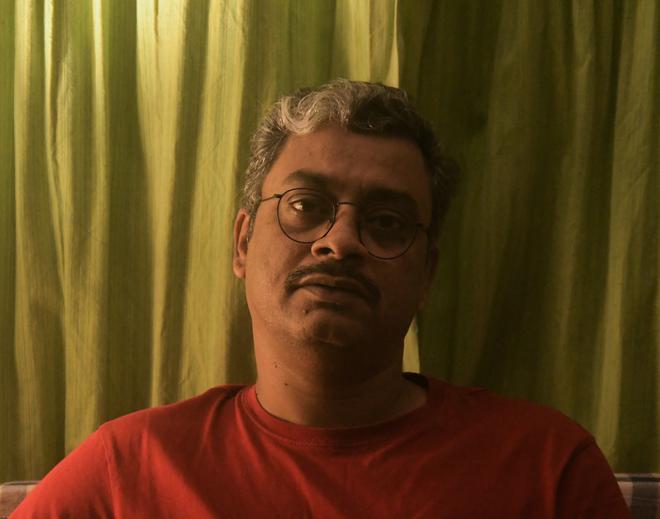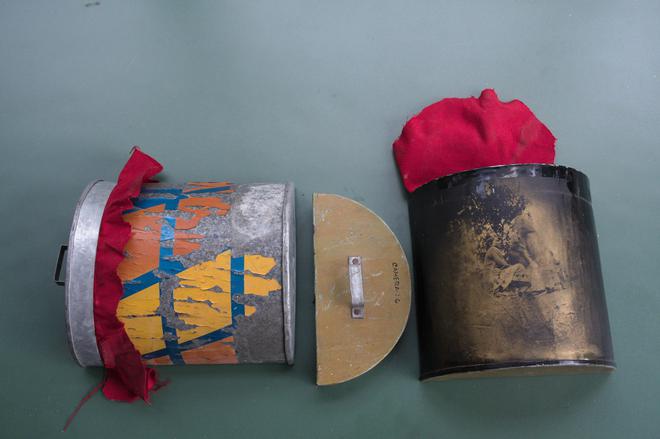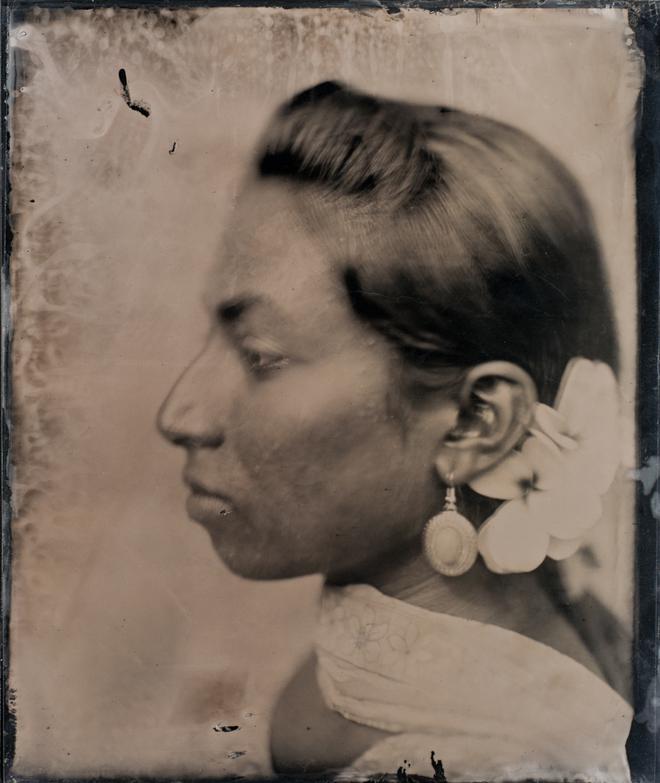“My creative ideology refused to accept that someone from a multinational company, say, based in New York, will decide how my images would look,” says Santiniketan-based artist Arpan Mukherjee, who specialises in and teaches printmaking at Visva Bharathi University. He talks about 1888 as a definitive year that changed photography as the world witnesses it today. “That was the year Kodak stated that all we need to do is press a button and it will take care of the rest,” he says, referring to the standardised process that had been absent until then. Arpan Mukherjee will deliver an Artist Talk at the ongoing Indian Photo Festival 2023 in Hyderabad on November 26, 6pm, at the State Gallery of Art, Kavuri Hills.

He explains that prior to this standardisation, the artist or photographer had more control over the type of camera, material and surface on which the image is transferred. “A photograph is not only about an image. In art practice, we look at the material, surface, size of the desired image, pigmentation and how it all connects with the concept. If we use a high-end digital camera and print an image taken with it, we will get a sharp image. But it is not unique. That has been my issue. I was keen to explore techniques that were prevalent before multinational companies standardised photography. I learnt that photographs were handmade earlier, which greatly inspired me.”
Custom techniques
Mukherjee’s method of reviving some of the older techniques and contextualising them to the present-day scenario has made him stand out. An artist since 2001, he has been researching and experimenting with photographic and printing techniques independently and as part of Studio Goppo, which he co-founded with Shreya Mukherjee. His alternative photography methods involved exploring mediums such as wet plate collodion, gum dichromate, salt prints and silver gelatin emulsion, among others.

His methods vary according to the series he is working on. When he documented migration from the villages to the city in West Bengal, he came across family photographs from demolished homes with broken pieces of glass and ceramic plates. He printed some of the family photographs he spotted on these ‘found object’ surfaces.
There are series for which he uses custom-designed cameras and says technology is not rocket science. The fascination lies in designing his own camera, film and choosing the printing surface and seeing the difference it makes to the image. “A camera is nothing but a black box with a tiny hole. Films can be made easily. They are the basics, rudimentary, if you ask me. But it makes the process interesting.”
Design your own camera
For a series on old homes paving way to new constructions in Bengaluru, he used a custom-designed pin hole camera. For another series, a personal documentation of family photographs, he designed pinhole cameras using cans of baby food. “I converted the empty cans into cameras and these were dedicated to taking photographs of my family. When you contextualise the camera for a series, it becomes an object of art.”

Such alternative photography processes involve continual research and a knowledge in history, chemistry and photographic techniques. At the moment, he is working on an experimental project that integrates artificial intelligence (AI) with 19th century techniques of printmaking. “AI also has a standardised notion,” he explains, “If you give it a script — say about an Indian man and specify his dress colour, it will generate an image of an Indian man or woman that reflects a colonial idea of an Indian. AI works on existing algorithms. My work attempts to rethink this process.”
This project will be an extension of his earlier series ‘Fairer people = beautiful people = powerful people’ that comments on the colonial idea of Indian portraits. In the new project that integrates AI, he plans to “generate portraits with scripts/prompts and see how as the prompt changes, there are changes in the images generated. The images will then be re-exposed on wet-plate collodion glass. That is a tough path to go. It is in an experimental stage.”
For the complete schedule of Indian Photo Festival, check indianphotofest.com







